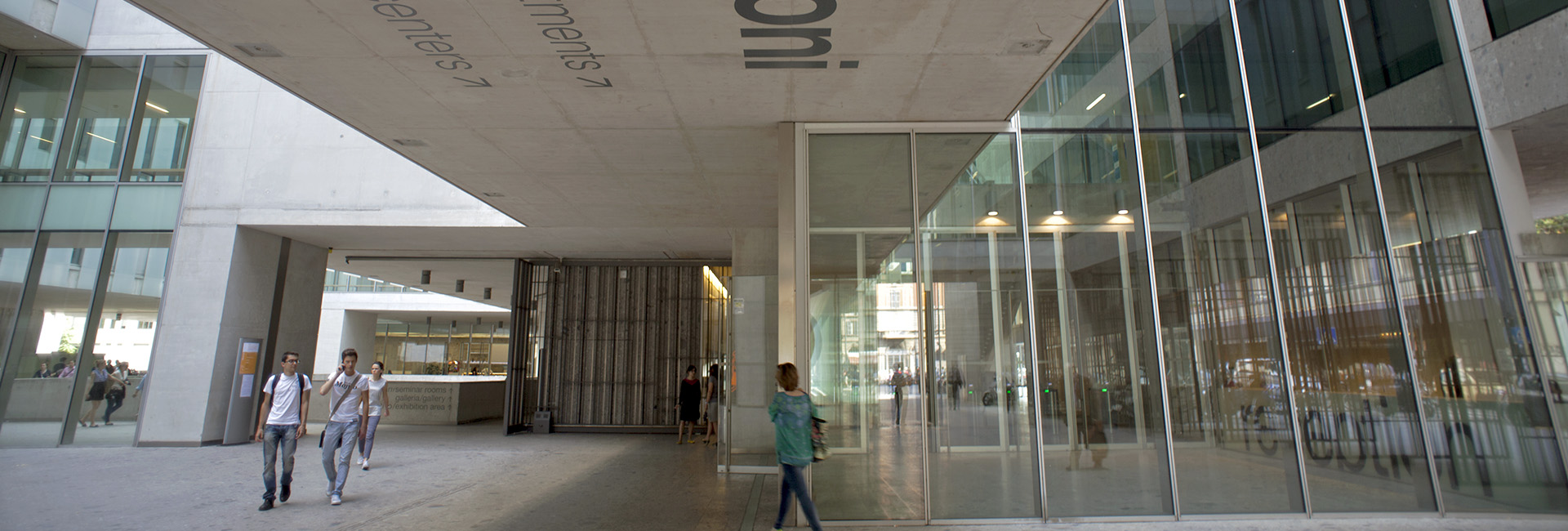6109 - WORKSHOP IN FILM INDUSTRY MANAGEMENT
CLEACC
Course taught in English
Go to class group/s: 31
Attending the Laboratorio Cinema allows students to understand the different stages of the entire value-chain from conception to distribution. Students learn the logics governing the actions of main operators in the industry both in Italy, the US and Europe. Students understand the organizational logics behind their decisions. Finally students experiment concrete examples of their operations.
The course consists of lectures, guest speakers, class discussions, and interctive exercises. Useful handouts and valuable resources are available, students also experience role-playing simulations. The topics discussed are the following:
-
economic relations in the value-chain
-
the features of independent and major-productions
-
marketing strategies in different European Countries
-
licensing and merchandising
-
the diffusion of multiplex cinemas
-
the job market
Attending students:
- Final written exam about course contents (lessons and proofs) and about compulsory books (70% of the final mark)
-
Teamwork agreed with teachers (30% of the final mark)
Non attending students:
-
Final written exam about compulsory books
-
Individual in-depth analysys must be sent by mail to the theacher before the exam session. A paper copy must be given to the teacher at the same tame of the exam session.
Attending students
- A set of readings and didactical materials will be uploaded on the course’s learning space
- Wasko, How Hollywood Works, SAGE pubblication.
Non - Attending students
- Wasko, How Hollywood Works, SAGE pubblication.
- VOGEL, H., Entertainment Industry Economics, Cambridge University Press, 2007 (Chapters I, III, IV, V)
Suggested readings:
- Balio, T. (1985): The American Film Industry. Madison, The University of Wisconsin Press.
- Delmestri, G. Montanari, Usai, A. (2005): Reputation and Strength of Ties in Predicting Commercial Success and Artistic Merit of Independents in the Feature Film Industry, Journal of Management Studies, 42 (5): 975-1002.
- DeVany, A. (2008): Hollywood Economics, Routledge.
- Farber, P., Baumgarten, A. and Fleischer, M. (1992): Producing, Financing and Distributing Film.
- Hesmondhalgh D. (2002) The Cultural Industries. London: Sage. 376-397.
- Jones, C. (1996): Careers in Project Networks: The Case of the Film Industry. In M. B. Arthur and D. M. Rousseau (Eds.), The Boundaryless Career: A New Employment Principle for a New Organizational Era: 58-75. New York: Oxford University Press.
- Lampel J., Shamsie J. (2003) Capabilities in motion: New organizational forms and the reshaping of the Hollywood movie industry. Journal of Management Studies. 40:8
- Levinson, L. (2007): Filmmakers and Financing. Elsevier
- Miller D., Shamsie J. (1996) The resource-based view of the firm in two environments: The Hollywood film studios from 1936 to 1965. The Academy of Management Journal. Vol.39, No.3, pp. 519-543
- Nelson R.A., Donihue M.R., Waldman D.M., Wheaton C. (2001) What’s an Oscar worth? Economic Inquiry. 39:1
- Pasquale, A. (2002): Marketing & Distribution. In The Audiovisual Management Handbook. An In-depth Look at the Film, Television, Multimedia Industry in Europe. Media Business School.
- Robins J.A. (1993) Organization as strategy: Restructuring production in the film industry. Strategic Management Journal. Vol.14, , pp. 103-118





